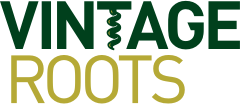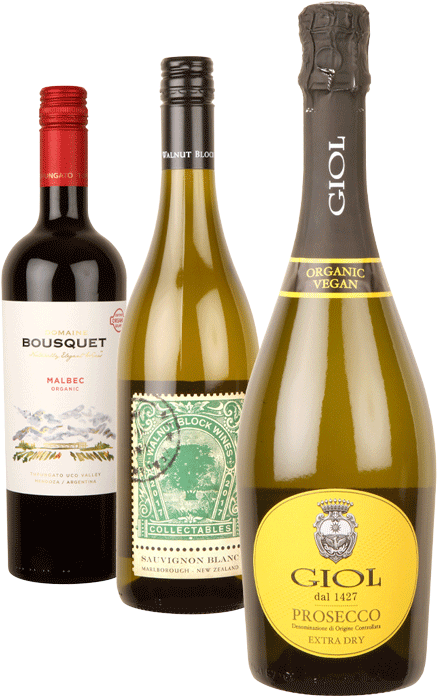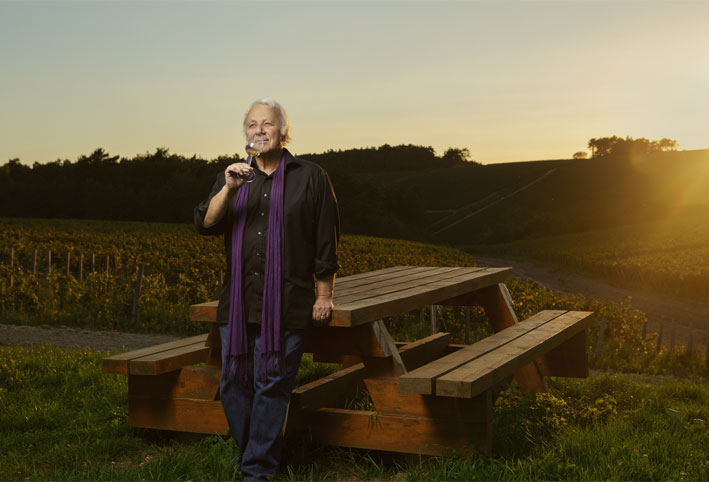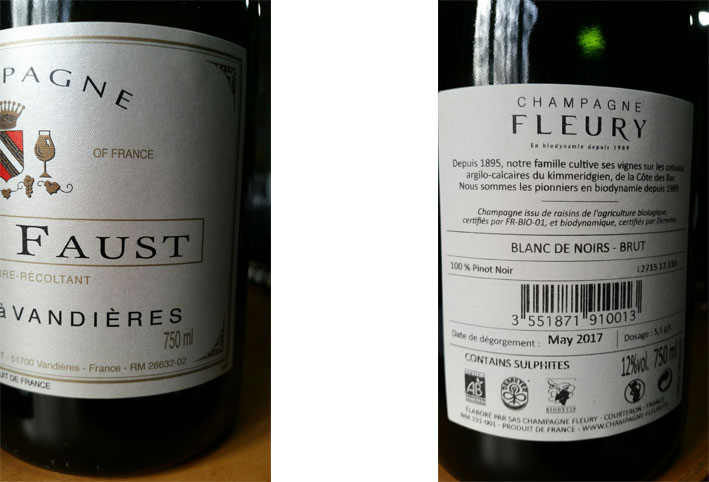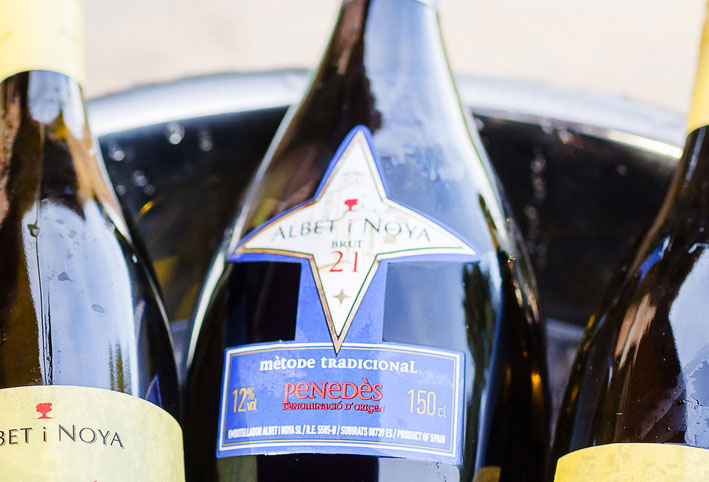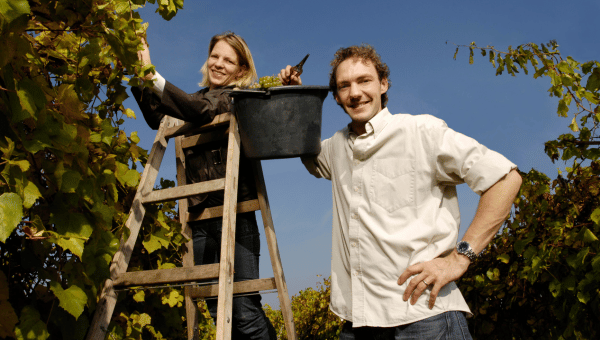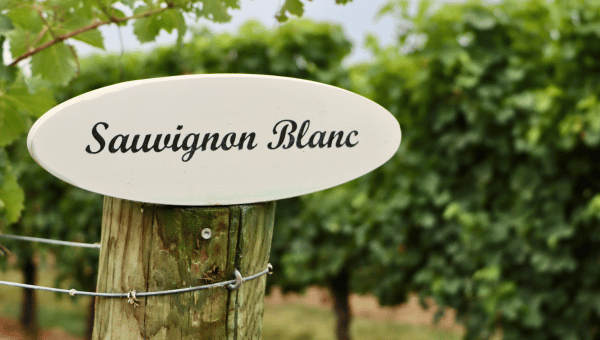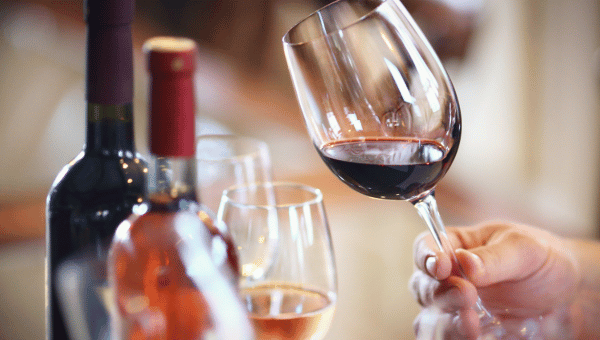Vintage Roots – Festive Fizz blog 2017 Part 1
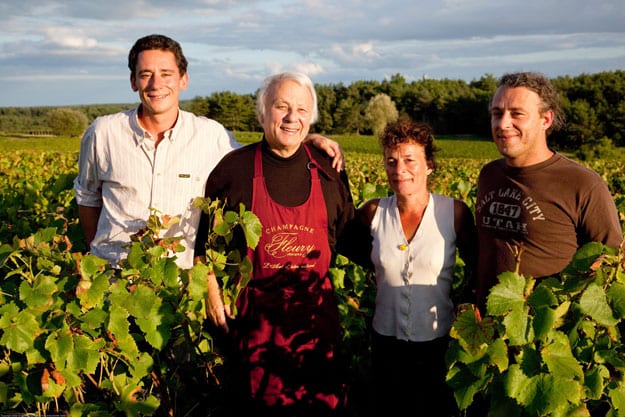
Your festive fizz – some questions answered
Contents:
- Why is Champagne expensive?
- Geography
- Cost of land
- Cost of grapes
- Method of Production
- Brand/Marketing
Plus
- Residual sugar – what the terms e.g. ‘Brut’, ‘Extra Dry’ actually mean
- Producer abbreviations
- Other Traditional Method fizz
1. Why is Champagne expensive?
Champagne is synonymous with quality, image and luxury. It is perceived as being the ultimate celebration drink. However, it comes at a price – a price that is pitched at higher levels than many other styles of sparkling wine. Why is this?
There are a number of key factors that provide the answer:
- Geography – Champagne is produced in a strictly delimited geographical area of some 33,000 hectares in Northern France, some 100 miles east of Paris. There are 5000 growers who produce their own wine and 14,000 growers who sell grapes to 320 houses and 40 co-ops. Only sparkling wines produced here in this region can legally carry the famous Champagne name on the label. This relatively marginal, northern climate (49th parallel) for successful wine production carries higher risks than many other wine producing regions.
- Cost of land – vineyards in Champagne have price tags that dwarf prices demanded elsewhere in wine producing France – prices in excess of €1 million per hectare.
- Cost of grapes – the average price of the main Champagne grapes is around €6,00 per kilo meaning that they are some of the priciest grapes anywhere! Only three key varieties are permitted here – Chardonnay, Pinot Noir and Pinot Meunier – either individually or, most usually, in blends. There are, however, a few other grape varieties that still survive in the region and are still authorised. These sparsely cultivated varieties (0.02% of the total vines planted in Champagne) of Arbane, Petit Meslier and Pinot Blanc, are still to be seen in contemporary cuvées from a few producers including Champagne Fleury who has a small percentage (4%) of Pinot Blanc in their 15 hectares of biodynamic vineyards.
- Method of production – the lengthy and elaborate production method for Champagne (Traditional Method) ensures that the price of a finished bottle will always carry a premium over most other sparkling wine styles e.g. Prosecco. In essence, the process involves precision blending of many micro cuvées and older reserve wines (in the case of non-vintage wines) so that the unique blend can then be bottled with a small dose of yeasts and sugar, allowing it to mature gracefully & slowly during its second fermentation inside the bottle. The minimum legal maturation period is 15 months but many houses allow far longer than this, especially for their more prestigious cuvées and vintage dated Champagnes (minimum 3 years). This stage in the creation of Champagne is key to the ultimate quality, allowing the wine to feed of the lees and gain complexity, depth and personality. The bottles are then manipulated (either mechanically or manually) in a process known as ‘remuage’ in order to remove the yeast sediment from the bottle. The built-up carbon dioxide in the wine is retained by replacing the cork as quickly as possible. Further ageing before releasing the wine onto the market will depend on the level of demand and the style of Champagne produced (i.e. ‘standard’ NV Champagne, Vintage Champagne or Prestige cuvées).
- Brand/Marketing – Champagne can count on a long history – in fact, way back over 300 years to Dom Perignon. Champagne is the ultimate aspirational drink for celebration. The ‘pop’ of the cork crowns the sense of achievement. Much as there are aspirational brands of watches, clothes and cars, so there are in the drinks category and the ‘brand’ Champagne surely fits in to that role seamlessly. Within the Champagne ‘family’ there are certain brands (marques/houses) that carry more weight of ‘prestige’ than others, namely Krug, Dom Perignon & Cristal amongst the pricey prestige cuvées and Pol Roger, Bollinger, Veuve Clicquot to name just a few of the ‘standard’ NV cuvées. A history of quality allied to branded marketing spend adds to the final bottle price. The UK remains Champagne’s number one export market shipping just over 30 million bottles per year.
- Residual Sugar- wines labelled Brut Zero, more common among smaller producers, have no added sugar and will usually be very dry, with less than 3 grams of residual sugar per litre in the finished wine. The following terms are used to describe the ‘dosage’ of the bottled wine:
- Extra Brut (less than 6 grams of residual sugar per litre)
- Brut (less than 12 grams)
- Extra Dry (between 12 and 17 grams)
- Sec (between 17 and 32 grams)
- Demi-sec (between 32 and 50 grams)
- Doux (50 grams)
Producer codes – the type of Champagne producer can be identified from the following abbreviations alongside the official number on the bottle:
NM: Négociant manipulant – These companies (including the majority of the larger brands) buy grapes and make the wine. Some companies do own a small % of their vineyard sources.
CM: Coopérative de manipulation – Cooperatives that make wines from the growers who are members, with all the grapes pooled together.
RM: Récoltant manipulant – (Also known as Grower Champagne) A grower that also makes wine from its own grapes (a maximum of 5% of purchased grapes is permitted). Note that co-operative members who take their bottles to be disgorged at the co-op can now label themselves as RM instead of RC.
SR: Société de récoltants – An association of growers making a shared Champagne but who are not a co-operative.
RC: Récoltant coopérateur – A co-operative member selling Champagne produced by the co-operative under its own name and label.
MA: Marque auxiliaire or Marque d’acheteur – A brand name unrelated to the producer or grower; the name is owned by someone else, for example a supermarket.
ND: Négociant distributeur – A wine merchant selling under his own name.
2. Other ‘Traditional method’
Sparkling wines shares the same exacting production method as Champagne and most likely the same grape varieties…including:
Franciacorta (Lombardy, Italy)
Cava (Spain or Penedès)
New Zealand (Quartz Reef)
Australia
Cap Classique (South Africa)
Whilst the best quality wines of each of these worthy styles will often rival the quality of a good Champagne, and will carry a price tag to match, the vast majority will fall short of the ultimate complexity & finesse of Champagne’s indulgence cuvées i.e. prestige & vintage. Here, the disparity in pricing is more understandable based on top Champagne’s sheer quality and the often very limited production volume versus high global demand.


